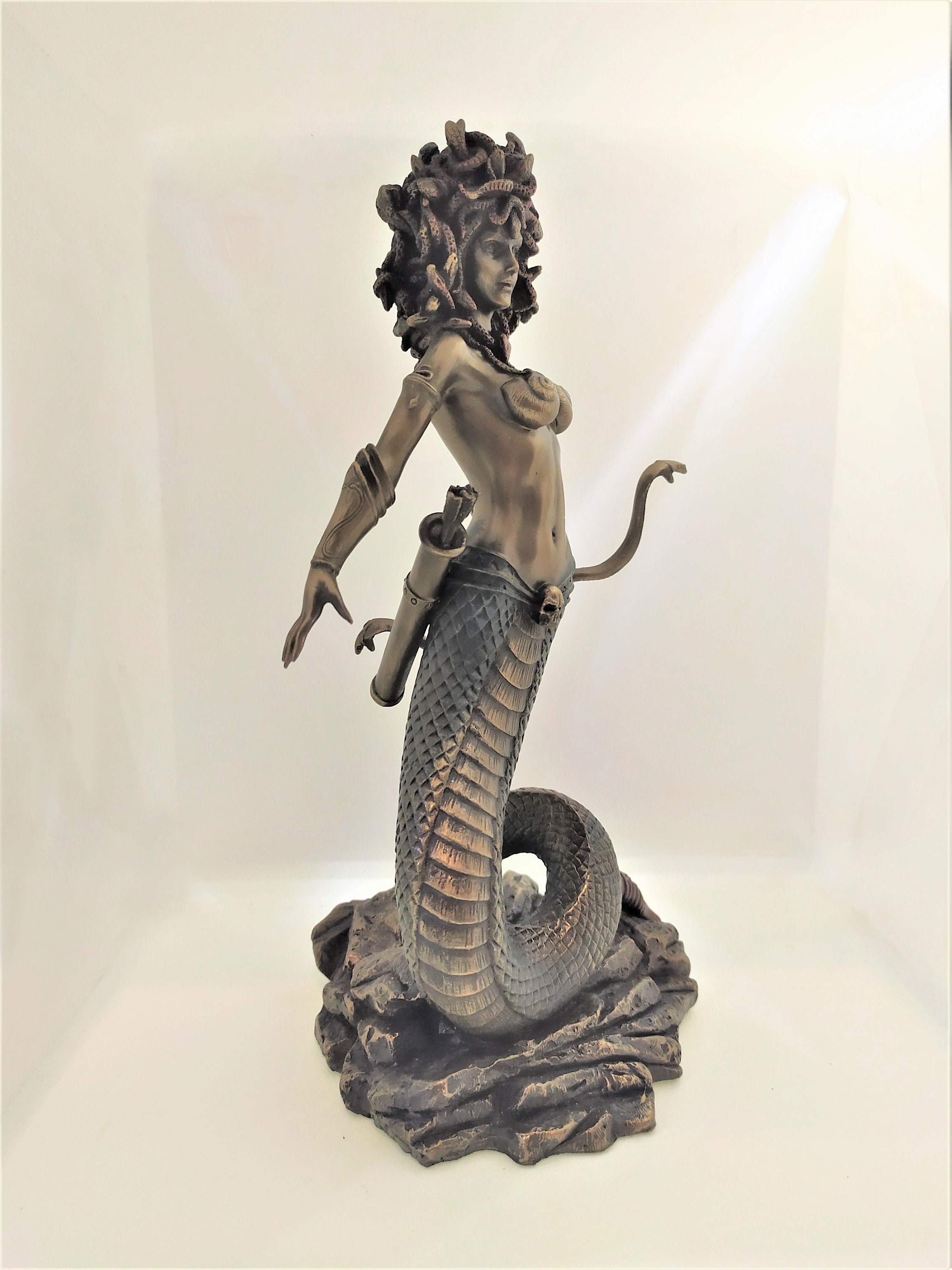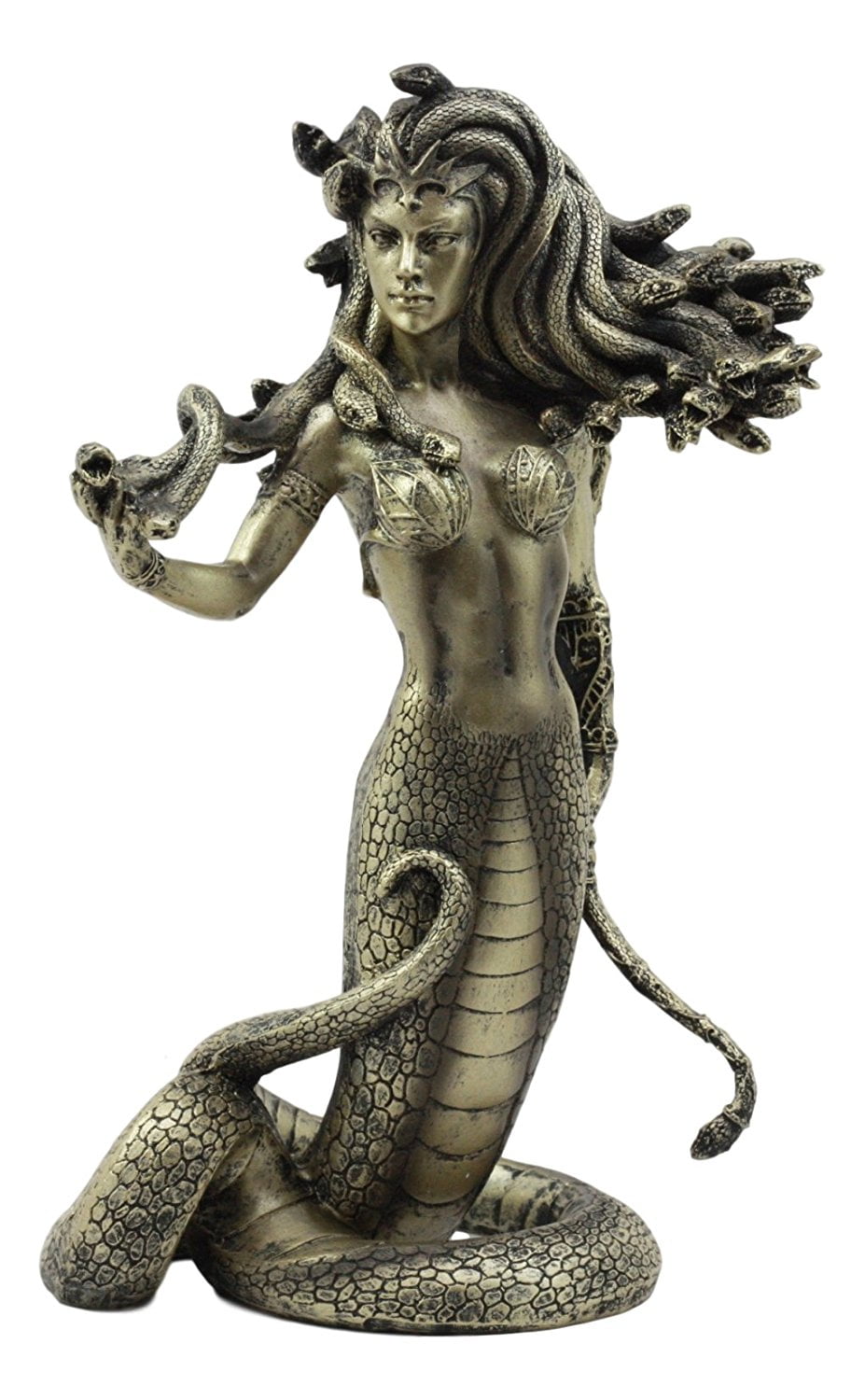
Burke also points readers to the “Break the Silence Memorial” in Minneapolis, which is the first-ever monument to honor and support those who have experienced sexual violence. Furthermore, stressing the inaccuracy of the statue doubling down on the idea that #MeToo is about hunting down and destroying men, ie “cancel culture” instead it is striving for a judicial system of accountability and protection for assault survivors. It is for everyone who has experienced sexual violence, including men and children. She goes on to remind others that MeToo is NOT a women’s movement. This isn’t the kind of symbolism that this Movement needs and honestly, if the sculptor wanted to pay tribute to the ‘me too’ Movement he should have given me a call.” It is about HEALING and ACTION… None of it is right. However, this Movement is not about retribution or revenge and it’s certainly not about violence. In response to the New York Times coverage of the piece, Burke, founder of the #MeToo Movement, writes via Instagram: “First, let me say as a survivor, if this feels cathartic to you – I’m not taking anything away from that. However, many including Tarana Burke herself have rejected the artist’s commentary on the movement. Garbati writes via Instagram, “The place chosen is not accidental, since there they judge cases for crimes related to violence against women… This sculpture that has became a symbol of justice for many women.” Now this project organized by the artist-led MWTH Project, in partnership with NYC Parks, brings her presence outside the temple of law where Harvey Weinstein and other offenders stood trial. In 2016, Atlantic essayist Elizabeth Johnston even called Medusa “the original Nasty Woman.” Johnston writes, “Medusa has since haunted Western imagination, materializing whenever male authority feels threatened by female agency.” A logo for Versace, adopted as a personification of the feminine rage, inspiring the hashtag #Me(dusa)too from contemporary artist Judy Takacs. This is not the first time Medusa has become a feminist symbol. Garbati stated, “How can a triumph be possible if you are defeating a victim.” Of course, Gabati’s 2020 sculpture reverses the image, depicting a standing Medusa grasping Perseus severed head by his locks.

Medusa With The Head of Perseus, 2008-2020 Depictions of Persues’ victory have been depicted throughout history, including 16th century Cellini’s sculpture, where Perseus stands atop Medusa’s decapitated body displaying her head in triumph.

Later, assisted by the gods the hero Perseus hunted and beheaded Medusa, and thereafter used her head and compelling gaze as a weapon.

Athena enraged that her temple had been defiled, transformed Medusa into a snake-haired Gorgon whose eyes can turn any onlooker to stone. The work reimagines Italian Renaissance artist Benvenuto Cellini’s sculpture “Perseus with the Head of Medusa.” The mythology story goes as followed: Medusa, a maiden of the temple of Athena, was raped by Olympia God Poseidon. *Trigger Warning: Article includes content on rape and sexual violence.Ī powerful seven-foot-tall bronze sculpture, placed across from the New York County Criminal Courthouse, titled “Medusa With the Head of Perseus” by Argentine-Italian artist Luciano Garbati has gotten much press, praise, and push back for its commentary on the MeToo Movement.


 0 kommentar(er)
0 kommentar(er)
